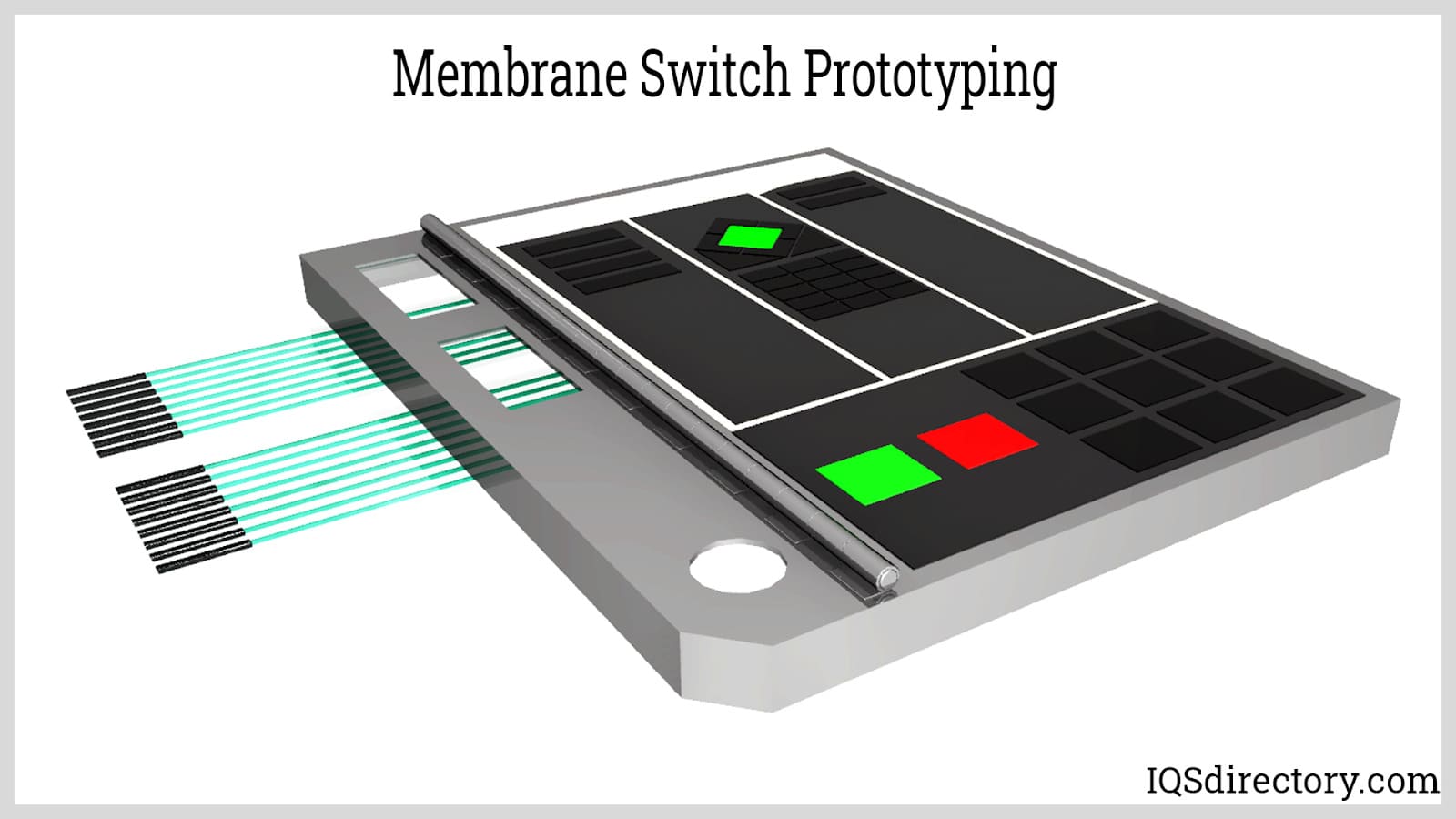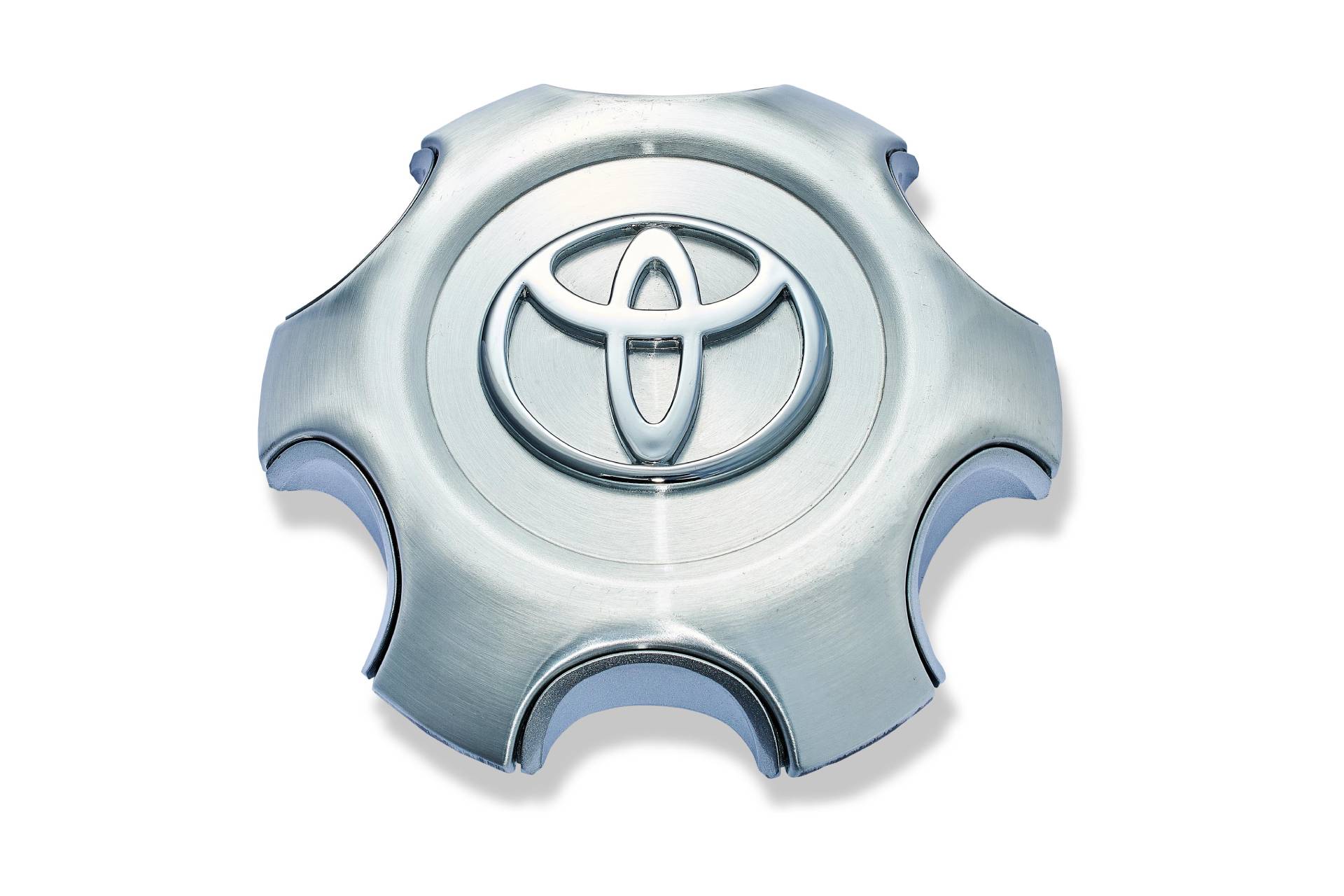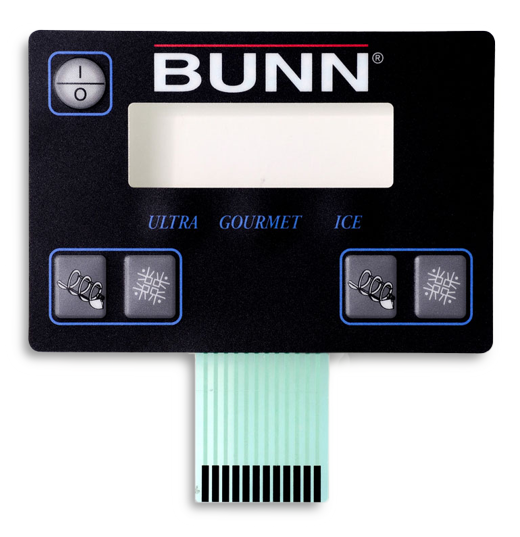Tailored Designs by a Professional Membrane Switch Manufacturer
Understanding the Importance of Membrane Switch in Modern Electronic Devices and Their Applications
Membrane changes act as a crucial element in modern electronic devices, offering an effective interface for user interaction. Their lightweight and adjustable nature makes them suitable for an array of applications throughout varied markets. Recognizing their vital elements and advantages can give insights right into their growing importance. As modern technology remains to breakthrough, the evolution of Membrane changes questions about their future applications and layout innovations. What lies ahead in this vibrant area?

What Are Membrane Buttons?
Membrane switches are crucial elements in contemporary electronic devices, offering as interface that assist in communication between tools and individuals. These switches contain numerous layers, consisting of a visuals overlay, an adhesive layer, and a circuit layer, all of which interact to develop a functional and resilient interface. The layout enables for a flat, inconspicuous option that can be personalized relating to dimension, shape, and aesthetic look, making them ideal for various applications, from customer electronics to medical tools. The responsive feedback supplied by Membrane switches over improves individual experience, while their resistance to dirt and moisture makes them excellent for challenging settings. Membrane switches can incorporate functions such as backlighting and printed graphics, better broadening their functionality. Their convenience and effectiveness make them a recommended choice in sectors where dependability and simplicity of use are extremely important, ultimately adding to the seamless procedure of modern electronic gadgets.
Key Parts of Membrane Switches Over
While different parts add to the functionality of a membrane button, three main layers play significant duties in its style and procedure. The leading layer, generally made from a sturdy polymer, functions as the interface for customer communication, frequently featuring printed icons and graphics. Underneath this is the spacer layer, which maintains the required range between the top layer and the circuit layer. This spacer layer assurances that the switch turns on only when pushed, preventing unexpected inputs. Ultimately, the circuit layer includes conductive traces that complete the electrical circuit when the leading layer is depressed. These traces can be made from various materials, including copper or silver. Together, these components develop a dependable and durable gadget that is compact and versatile, suitable for a vast array of digital applications, from house devices to medical tools. Comprehending these essential elements is crucial for valuing the overall functionality of Membrane buttons.
Advantages of Using Membrane Switches

Membrane Switch Manufacturing Refine
Recognizing the Membrane button manufacturing process reveals the complex actions associated with creating these vital components. The process normally begins with the layout phase, where requirements and layouts are produced using specialized software application. Following this, the visuals overlay is published on a flexible substrate, usually making use of high-resolution printing methods to assure quality and precision.Next, the sticky layers are used, which serve to bond the different parts together. The circuit layers, made from conductive inks or materials, are after that printed onto a different substrate. These layers are carefully straightened and laminated to produce a useful switch.After setting up, the switches undertake checking to verify performance and toughness. Quality control steps are implemented throughout the process to identify and remedy any type of flaws. Finally, the completed Membrane buttons are packaged and planned for circulation, prepared to meet the demands of contemporary digital applications.
Applications of Membrane Switches in Numerous Industries
Membrane buttons are increasingly made use of throughout various sectors, especially in clinical equipment and consumer electronics. In the medical field, they supply reputable control user interfaces for gadgets that require accurate operation. Similarly, in customer electronics, these switches boost individual communication by supplying smooth and receptive user interfaces.
Medical Tools Control
Many contemporary clinical gadgets utilize Membrane buttons for streamlined procedure and improved user interaction. These switches offer a dependable, durable interface for a variety of applications, consisting of analysis equipment, click here for more info person monitoring systems, and medical instruments. Their personalized styles enable certain layouts that can fit the unique demands of healthcare professionals, making sure user-friendly navigation and effective access to important features. In addition, Membrane switches are immune to pollutants, making them ideal for sterilized atmospheres. The responsive responses they supply can boost customer confidence, decreasing the danger of mistakes during crucial clinical procedures. Overall, the combination of Membrane buttons in medical devices considerably adds to enhanced functional efficiency and person safety and security in health care setups.
Customer Electronic Devices Interfaces
In the domain of consumer electronic devices, Membrane switches play an essential duty in improving individual interfaces throughout a broad range of tools. These switches are integral to products such as push-button controls, microwaves, and pc gaming consoles, giving a user-friendly and efficient interface. Their style permits a seamless integration of graphics and performance, making it possible for manufacturers to create smooth, contemporary looks without endangering functionality. Membrane switches are likewise recognized for their toughness, usually holding up against extensive use and direct exposure to numerous ecological problems. Furthermore, they can incorporate features like backlighting and responsive responses, further boosting the customer experience. As consumer demands for advanced yet user-friendly interfaces expand, Membrane changes continue to be a vital element beforehand digital device functionality.
Design Considerations for Membrane Switches Over
Creating reliable Membrane switches calls for careful interest to various aspects that influence both capability and individual experience. One essential consideration is the selection of products, as they can influence sturdiness, tactile responses, and aesthetic charm. Selecting an ideal adhesive is essential for ensuring long-term adhesion and resistance to ecological factors.In enhancement, the layout and design of the switch should suit user interaction, with button dimensions and spacing optimized for ease of usage. The unification of graphics and labeling need to prioritize quality and visibility under numerous lighting conditions.Consideration of electrical characteristics, such as actuation pressure and button sensitivity, will certainly improve the responsiveness of the Membrane button. The layout needs to fit making processes to guarantee cost-effectiveness and prompt manufacturing. In general, a well-thought-out style boosts both the individual and the performance experience of visite site Membrane switches in contemporary electronic devices.

Future Trends in Membrane Switch Innovation
As innovation continues to advance, Membrane buttons are positioned to incorporate brand-new improvements that will enhance their performance and application in different fields. One considerable pattern is the incorporation of adaptable and durable materials, which will increase the lifespan and reliability of these switches. Boosted surface area structures and customizable graphics are also prepared for, permitting even more instinctive individual interfaces.Moreover, the combination of clever modern technology, such as touch-sensitive surface areas and haptic responses, is anticipated to enhance individual interaction, making Membrane switches a lot more receptive and engaging. Furthermore, developments in published electronics will enable much more intricate circuitry within thinner profiles, further expanding design possibilities.Sustainability will additionally play a vital role in future linked here growths, as suppliers explore green products and production procedures. Overall, these patterns will certainly guarantee that Membrane switches over continue to be vital and appropriate in an interconnected and significantly electronic world.
Frequently Asked Inquiries
Exactly How Do Membrane Switches Contrast to Standard Mechanical Buttons?
Membrane switches over deal benefits over traditional mechanical buttons, consisting of minimized dimension, lighter weight, and enhanced longevity. They typically offer a sealed surface area, boosting resistance to dust and dampness, making them ideal for diverse applications.
What Materials Are Generally Utilized in Membrane Switch Construction?

Can Membrane Switches Over Withstand Extreme Environmental Conditions?
Membrane switches can hold up against severe ecological conditions, depending on their design and products. Premium buildings frequently include resilience against temperature variations, moisture, and exposure to chemicals, making them suitable for various requiring applications across sectors.
How Much Time Do Membrane Switches Typically Last Prior To Failing?
Membrane changes normally show a life-span varying from 1 to 10 million actuations, depending upon aspects such as usage frequency, ecological problems, and making top quality. Normal maintenance can extend their durability and operational reliability significantly.
Are Membrane Switches Personalized for Certain Applications?
Membrane buttons are without a doubt personalized for specific applications. They can be tailored in design, dimension, and functionality, enabling makers to satisfy one-of-a-kind user requirements and improve product looks while preserving functional effectiveness and resilience. Membrane buttons are vital elements in modern electronic devices, offering as customer interfaces that help with interaction between customers and tools. The tactile comments provided by Membrane switches over improves user experience, while their resistance to dirt and dampness makes them ideal for challenging settings. The unification of graphics and labeling ought to prioritize quality and visibility under various lighting conditions.Consideration of electric features, such as actuation pressure and button sensitivity, will enhance the responsiveness of the Membrane switch. Improved surface area textures and customizable graphics are likewise anticipated, permitting for even more user-friendly user interfaces.Moreover, the assimilation of smart innovation, such as touch-sensitive surface areas and haptic comments, is anticipated to enhance individual communication, making Membrane changes extra receptive and interesting. Membrane switches over offer benefits over traditional mechanical buttons, consisting of lowered size, lighter weight, and boosted longevity.